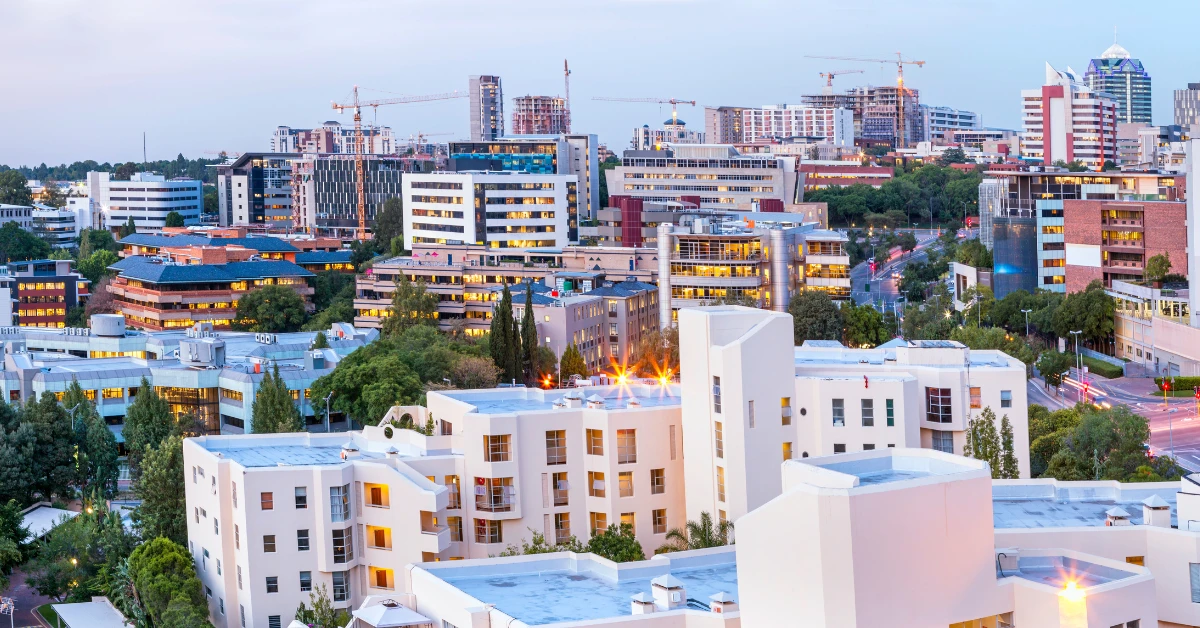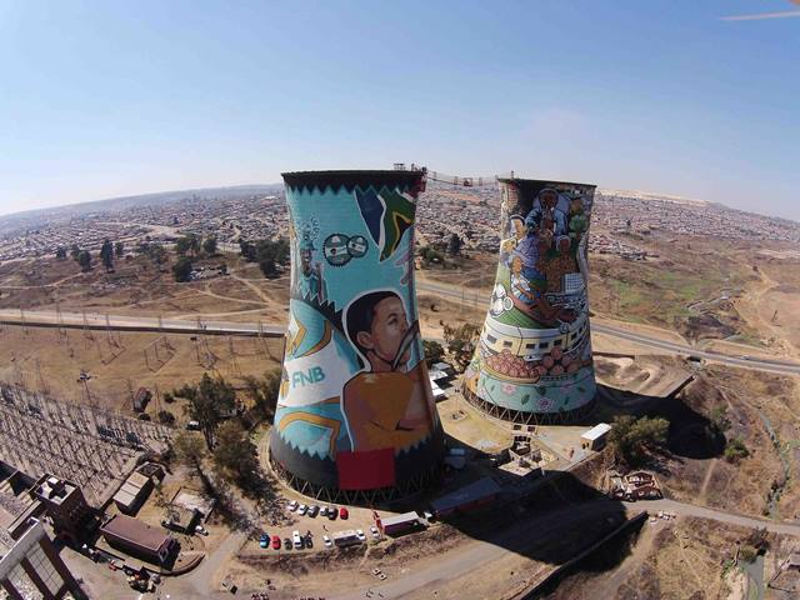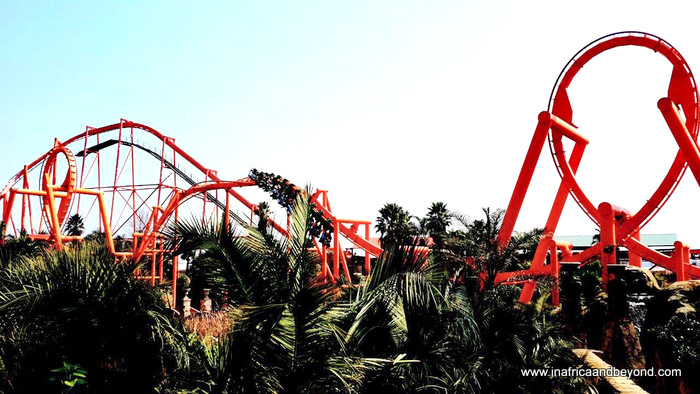The Ultimate Guide To Johannesburg North Attractions
The Ultimate Guide To Johannesburg North Attractions
Blog Article
See This Report on Johannesburg North Attractions
Table of ContentsAn Unbiased View of Johannesburg North AttractionsThe Main Principles Of Johannesburg North Attractions Excitement About Johannesburg North AttractionsThe 15-Second Trick For Johannesburg North Attractions9 Simple Techniques For Johannesburg North AttractionsThings about Johannesburg North AttractionsThe Best Guide To Johannesburg North Attractions
Nevertheless you should keep security in mind and visitors should continue to be sharp in all times when in unfamiliar environments. Speak with the locals when you are in town to learn about the location you are remaining in. Johannesburg North attractions. When on the road (this does not relate to mall and other secure atmospheres) best basic recommendations is to try your ideal to appear like a local and to avoid presenting any kind of wide range
The Best Guide To Johannesburg North Attractions
Teacher Revil Mason O. J. (Thomson, 1946) discovered the Witwatersrand's pre-colonial background. His archaeological work blew up the 'em pty land' misconception, according to which the area was lacking human habitation before the arrival of European settlers. In his magazines Prehistory of the Transvaal: A Record of Human Task (1962) and Origins of Black People of Johannesburg and the Southern Western Central Transvaal Advertisement 3501880 (1986 ), Professor Mason demonstrated the extent of social and financial development in the area prior to Europeans established foot right here.

Johannesburg North Attractions - Questions
In 1878, David Wardrop found gold in quartz veins at Zwartkop, north of Krugersdorp. In 1881, Stephanus Minnaar came across gold on the ranch Kromdraai, near the Cradle of Mankind.
In March 1886, a protrusion (quickly to be called the Key Coral reef) was found, quite luckily, on Gerhardus Oosthuizen's farm Langlaagte. Some state that the Lancastrian coal miner George Pedestrian uncovered this coral reef. An additional travelling English miner, George Harrison (that had previously worked in Australian mines) acquired a prospecting permit in respect of Langlaagte in Might 1886.
He determined to relocate on in a pursuit for greener fields, and disposed of his Langlaagte case for the baronial amount of 10. Alas: under lay the wealthiest goldfield ever before located. The exploration of this abundant auriferous coral reef prompted a gold rush that signified completion of bucolic tranquillity in the southerly Transvaal.
It would certainly, within 6 years, come to be the biggest town in southerly Africa. Within a years, it would certainly make the Z. A. R. up until then an anarchical and bankrupt little state the wealthiest nation in Africa. By the millenium, the Z. A. R. was to go beyond Russia, Australia and the USA of America to end up being the world's leading gold manufacturer, creating even more than a quarter of the world's gold.
The 45-Second Trick For Johannesburg North Attractions
It was called Ferreira's Camp, called after Colonel Ignatius Ferreira. He was a Boer adventurer upon whom the British authorities had actually bestowed the status Recommended Site of Buddy of the Most Identified Order of St Michael and St George (entitling him to the post-nominal letters C. M. G.) in appreciation for his duty in the war that had actually deposed the Pedi king Sekhukhune in 1879.
Soon the camp was bristling with camping tents and wagons as newcomers showed up daily from much and wide. By September 1886, some 400 people lived in Ferreira's Camp, which quickly boasted erected iron and wood structures. Two various other camps were developed: Meyer's Camp on the farm Doornfontein, and Paarl Camp. The latter was nicknamed Afrikander Camp; lots of people from the Cape Nest resolved there.

Top Guidelines Of Johannesburg North Attractions
This name gained currency by word of mouth, such that the State Secretary affirmed the name to the Mining Commissioner check over here on 9 October 1886. Stands in the town were auctioned on 8 December 1886. While some stands were cost 10, others were knocked down for just sixpence.
Two years later, these erven were to change hands for as high as 750 each. The tented camps dwindled as a dorp of corrugated iron structures developed and increased north of the mines located along the Key Reef Road. Locations such as Jeppe's Town (where working-class immigrants erected their residences) and Doornfontein (where the upscale brand-new 'Randlords' began to build their luxurious homes) were quickly contributed to the ever-expanding map of the town.
Johannesburg North Attractions - An Overview
Apart from the street names, there were no indications of Johannesburg being located in a Dutch-speaking country., nearly everyone spoke English and even the Government servants addressed one in English, unless they were first addressed in the Taal (or Reduced Dutch)'.
Britain had a rate of interest in making sure ideal conditions for gold production on the Witwatersrand, and that the gold was exported to London instead than Berlin an imperative provided all the a lot more clamant by the Z. A. R.'s enhancing toenadering with Germany. Mine owners got on an accident course with Head of state Kruger, whose plan of monopolistic concessions (often provided to his cronies) stopped mining companies from acquiring materials of materials (specifically dynamite) and labour on their very own, more affordable terms
Johannesburg North Attractions Can Be Fun For Anyone
In 1890, the Volksraad had limited the franchise business to white guys that had lived in the Z. A. R. for fourteen years or longer, hence disqualifying the majority of the immigrants (that took place to be the major factors to the fiscus). Frustration for the ballot was a mere pretext for promoting a various schedule; the majority of uitlanders regarded themselves as short-term visitors and had no intent of staying in the Z.
Report this page